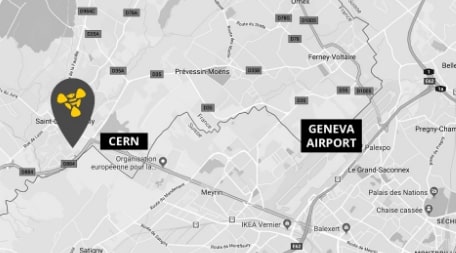Growth in Internet-of-Things (IoT) adoption across the full spectrum of commerce and industry is one of the key drivers of smart building technology innovation. Technologies like integrated sensors have enabled smart building infrastructure management, automated security and emergency management, as well as more efficient energy management. Research from the Norweigian Building Institute shows that primary schools could reduce their ventilation systems energy consumption by upwards of 50% when employing smart building technologies. An instance of this is using IR sensors to modulate ventilation systems following demand, instead of using fixed-volume ventilation.

Likewise, sustainability consulting firm, Cundall, found that hotels could save over 25% on energy by using smart building technologies. This is a huge benefit as systems quickly repay their initial investment while paying dividends down the line.
Smart buildings need to provide key services and work in an extremely efficient manner. Smart buildings use modern technologies in infrastructure to reimagine the way users interact with their surroundings.
Smart buildings employ technology to gain information on how the building is used and share this information across systems so that the performance of the building can be optimized and automated. Core systems such as pumps, power, fire alarms and lighting are linked in via smart building technologies. The aim of optimizing buildings is for unnecessary costs of heating, lighting and resources to be significantly reduced, thus reducing business overheads.
Smart building technologies can help with cost-cutting and increasing energy efficiency when systems inside the building are able to communicate.
Smart building technologies: Room occupancy monitoring devices
One area of smart building technologies is room occupancy monitoring. The number of occupants in a room at any time is a critical source of information for smart buildings. Monitoring room occupancy means that systems can manage utilities such as heating and lighting.
Smart buildings technologies offer both real-time and historical data on how a room is used and the amount of users that are present.
Smart building technologies: Time-of-Flight cameras
Time of Flight (ToF) cameras from Terabee enable solutions so that smart buildings are able to measure room volume, recognize gestures and capture movement. They are quick and easy to set up and enable smart buildings to have a more accurate insight into the usage/occupancy in a building.
Smart building technologies: HVAC sensors
Smart buildings can reduce the level of energy consumed by heating, ventilation and air-conditioning (HVAC) units by using sensors which can ascertain comfort requirements automatically and schedule HVAC operations accordingly. Typically, building automation systems use inaccurate occupancy sensors which employ oversimplified building thermal response models, stopping systems from reaching their full potential.
It is now possible to avoid these limitations via recent developments in embedded system technologies. These offer a low-cost computing platform that has powerful processors and a large memory storage. This means that smart building systems are able to execute extremely challenging and sophisticated tasks.
This led to Terabee developing a people counting device which was ideally suited to integration as part of smart HVAC and lighting systems. HVAC operations could be guided by real-time building occupancy levels.
Award winning smart building technology
The demand for smart building technologies is growing fast, with an increasing number of businesses understanding the benefits of optimizing their use of space. Smart buildings create actionable, visualized data. For example, smart buildings technologies can show whether small or large meeting rooms are more likely to be used. This allows you to tailor your space to suit your businesses’ needs. Meanwhile, footfall traffic data can enable you to better optimise your cleaning and maintenance resources, paying closer attention to the areas most used.
At Terabee, we are experts in the technology that works to make smart buildings as effective as possible. If you would like to find out more about which of our solutions would work best in your smart buildings, contact us today.










